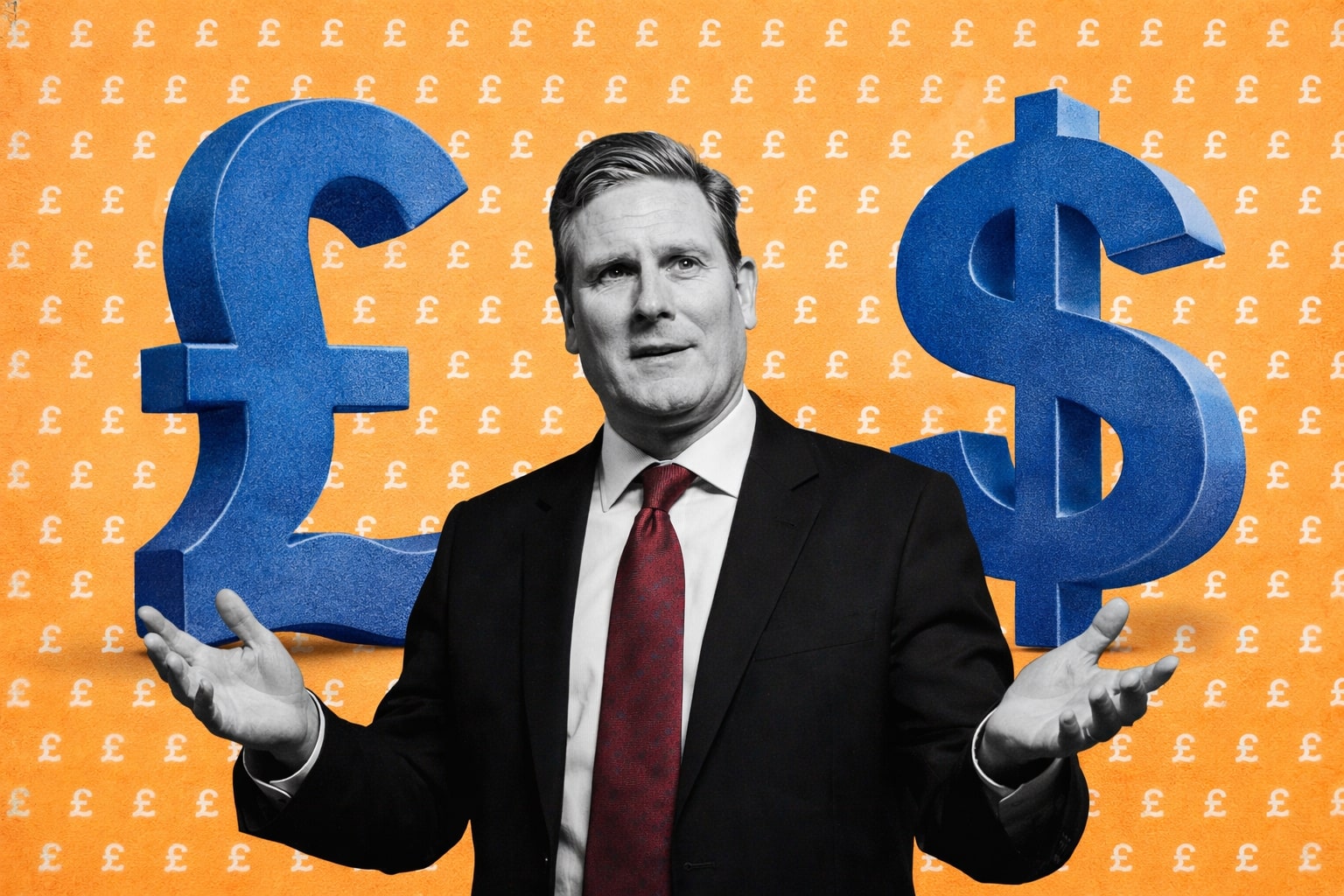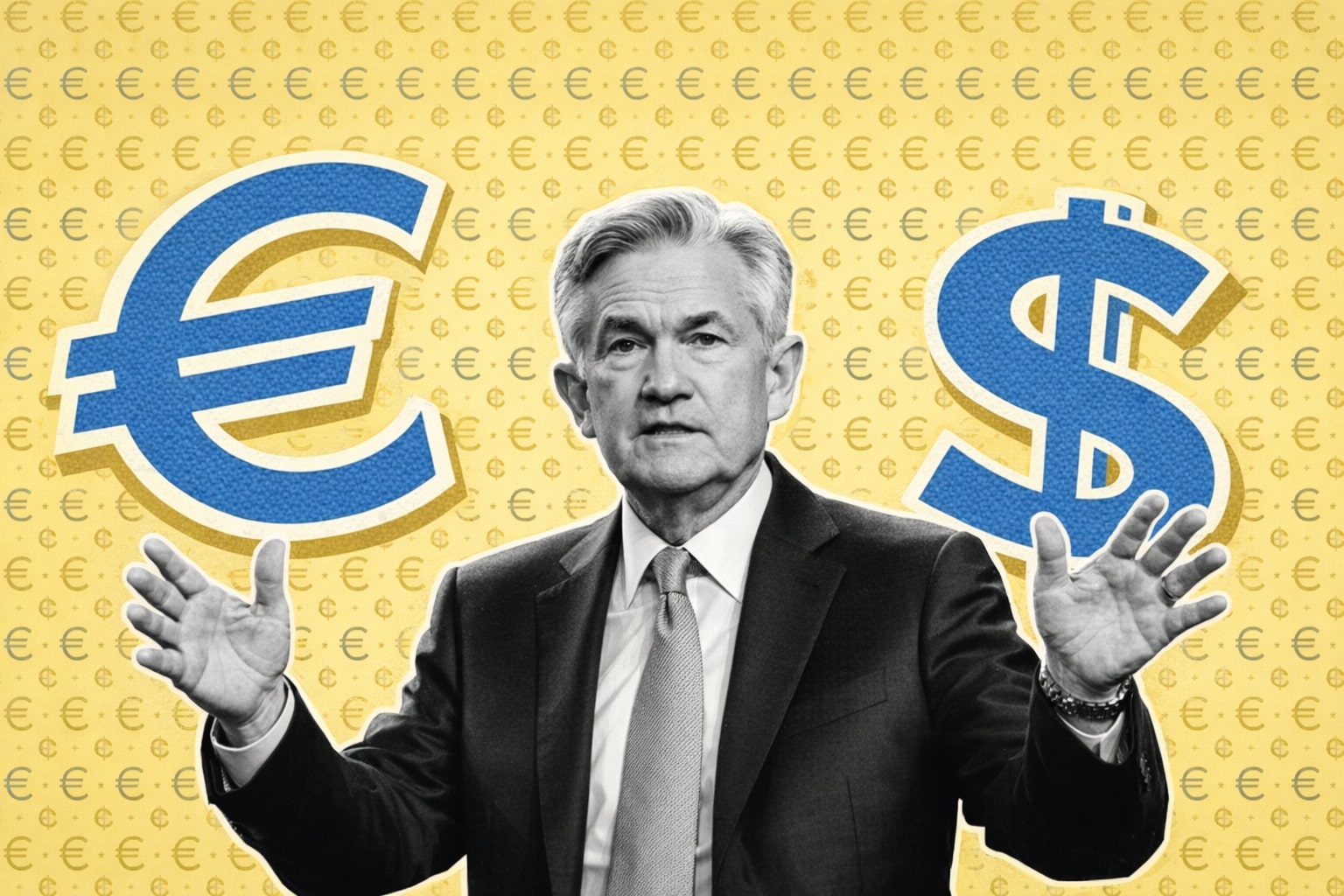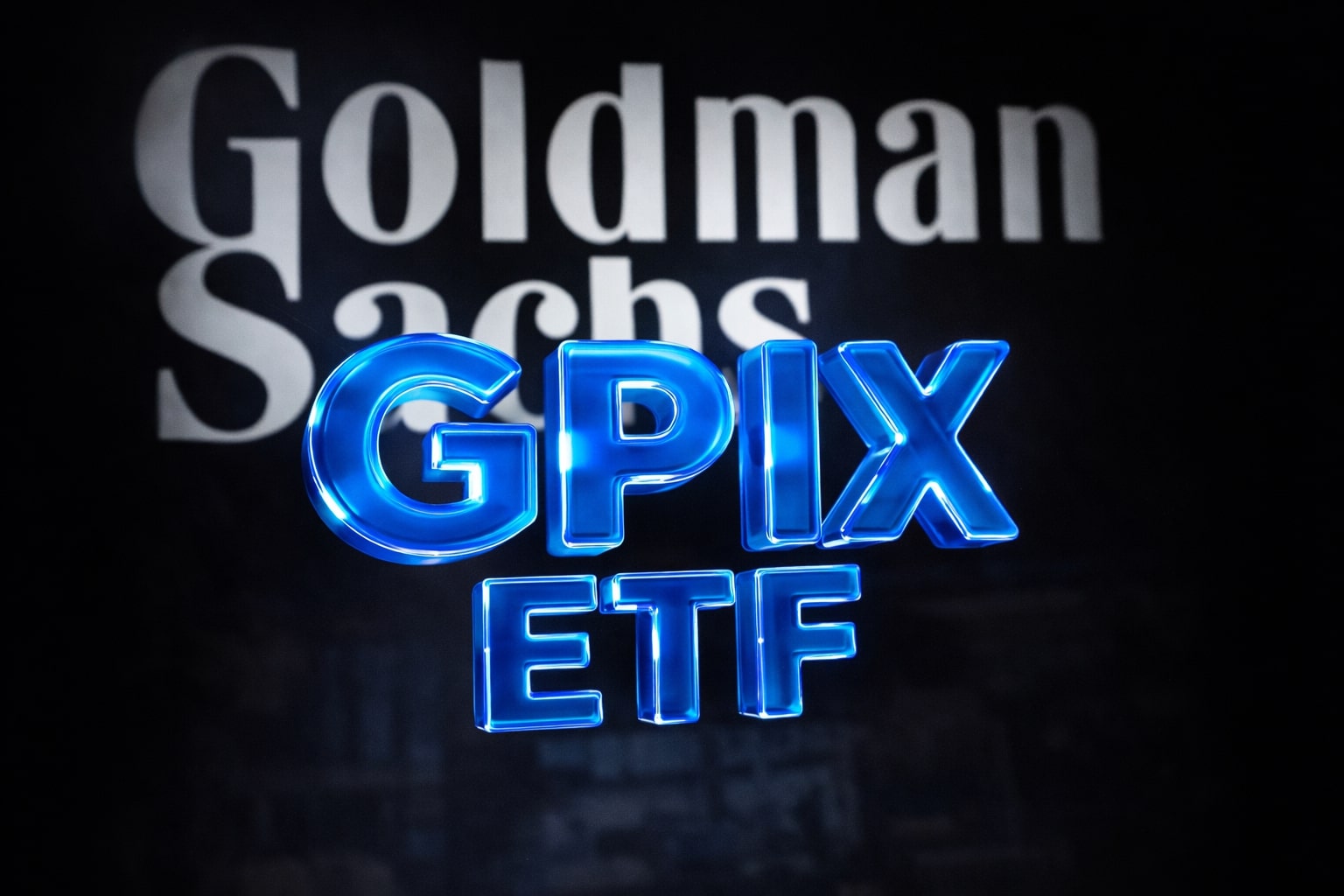EUR/USD Confronts Tariff Shock and Fed Pivot as Bulls Struggle Below 1.1750
EUR/USD is under renewed downside pressure as aggressive U.S. tariff policies and a resilient labor market lift the Greenback against a fragmented Eurozone backdrop. The pair dipped below 1.1700 after failing to hold ground near the descending trendline from the July 1 peak at 1.1760. Despite dovish undertones in Fed commentary and signs of softness in EU inflation, euro bulls are showing exhaustion as technical barriers harden. At the time of writing, EUR/USD trades around 1.1687, slipping through key intraday support levels and challenging the 1.1680–1.1710 zone.
Trump’s 50% Tariffs Ignite Inflation Fears but Support the Dollar
Former President Trump’s July 10 announcement of sweeping 20–50% tariffs, including a 50% duty on Brazilian copper and U.S. imports, has jolted global trade sentiment. The DXY fell briefly to 97.30 but rebounded as market participants recognized the inflationary risk could delay aggressive Fed cuts. With tariffs targeting over 22 nations—spanning Algeria to the Philippines—input cost pressures are mounting, indirectly boosting the Greenback by weakening global trade-linked currencies. While risk assets reacted cautiously, EUR/USD bears exploited the trade-driven uncertainty, using it to reassert dominance below 1.1750.
Resilient US Labor Market Undermines Euro Rebound Attempts
The stronger-than-expected Initial Jobless Claims of 227,000 marked the fourth straight weekly decline, contradicting the narrative of a cooling labor market. Although Continuing Claims climbed to 1.965 million, markets favored the headline figure, which fueled dollar strength. With layoffs historically low and the Fed’s hands still tied by labor resilience, expectations for a near-term rate cut moderated. As a result, EUR/USD slipped out of its 1.1700–1.1750 range, confirming downside vulnerability. Market pricing now shows a 72% chance of a 25 bps cut in September, but minimal conviction for July action, tempering EUR/USD upside.
ECB Stagnation and Internal EU Divides Amplify Euro Weakness
While the Fed faces pressure to pivot, the European Central Bank is expected to keep rates unchanged in July amid persistently weak growth and cooling inflation. German CPI for June remained flat, pushing the annualized rate to the ECB’s 2% target. Despite this, the euro failed to gain traction, highlighting how dovish expectations are already priced in. Meanwhile, intra-EU political divides are widening: Germany is urging a swift trade deal to protect auto exports, while France, Italy, and Spain want broader protections. This fractured approach has diluted confidence in the euro, especially as negotiations with the U.S. drag toward the August 1 deadline.
Descending Triangle Pattern Caps EUR/USD Below 1.1743
From a technical perspective, EUR/USD remains locked within a descending triangle. The pair has repeatedly failed to reclaim the 1.1743–1.1760 resistance zone, where both horizontal and trendline resistance converge. Price action remains vulnerable as the Relative Strength Index (RSI) hovers near 50 on the 4-hour chart, signaling indecision with a bearish tilt. Should the pair fail to reclaim 1.1743, pressure could increase toward 1.1680, with deeper support at 1.1645 and 1.1630, corresponding to the 38.2% and 50% Fibonacci retracement levels from the June 24 to July 1 rally.
Trade Negotiation Drama with EU Fuels EUR/USD Instability
Hopes for a de-escalation in U.S.-EU trade tensions are fading, despite EU Trade Chief Maroš Šefčovič signaling “good progress.” President Trump’s warning of no more delays and ongoing formal tariff threats are unsettling markets. The potential for a 10% base tariff with exceptions (e.g., Airbus aircraft) offers no real clarity. As Germany pushes for targeted protectionism and other nations stall for broader coverage, the euro is stuck in diplomatic limbo. Investors remain wary, and EUR/USD reflects that hesitation, failing to capitalize on softer U.S. macro prints or dovish Fed rhetoric.
Dollar Index Holds Key Support Amid Mixed Fed Signals
The U.S. Dollar Index (DXY) is trading around 97.43, holding above the 97.17 support line and beneath resistance at 97.60. The 50-period EMA continues to act as dynamic support, while upside remains capped by the 200 EMA near 97.62. A decisive move above 97.60 would reignite bullish momentum toward 97.84 and 98.19. Conversely, a sustained drop below 97.17 could expose 96.88 and 96.61. With EUR/USD tightly inverse to DXY, this range remains critical for near-term directional bias. Fed speakers including Musalem, Waller, and Daly are on deck, and their tone may sharpen directional clarity.
Institutional Flows and FX Heat Map Confirm Euro Weakness
Currency flows continue to favor the dollar. The EUR underperformed across most majors, according to the latest FX heat map: the euro dropped 0.06% against USD, 0.14% vs JPY, and 0.27% against NZD. Only the CHF showed more weakness. The fact that EUR/USD remains pressured even in the face of dovish Fed leanings highlights how institutional flows are favoring defensive U.S. positioning over European recovery. Euro strength appears to be the weakest of all the major narratives, confirming that bulls are running out of momentum unless major catalysts emerge.
Bullish Reversal Needs Break Above 1.1790; Downside Risks Below 1.1680
Any serious attempt to reverse the trend must break the confluence resistance at 1.1790 (the July 4 and 7 highs), and ideally breach 1.1830, which marks the multi-year peak. Without such a breakout, EUR/USD is technically confined. A clean break below 1.1680 could open the door for a slide to 1.1645, then 1.1630, and even 1.1600 if macro conditions deteriorate. The market is emotionally driven, evidenced by the broadening wedge formation—often seen near market tops—and consistent failure to push through bullish triggers.
Verdict: Bearish Bias Holds – EUR/USD Is a Sell Unless 1.1790 Breaks
EUR/USD remains trapped in a technically bearish formation, capped by multiple layers of resistance and exposed to persistent geopolitical and macroeconomic headwinds. The Fed may lean dovish, but strong labor data and inflationary tariff spillover give the dollar relative strength. The ECB’s reluctance to act decisively, combined with intra-EU trade negotiation friction and declining eurozone inflation, leaves little fundamental support for the euro. The only bullish trigger would be a confirmed breakout above 1.1790. Until then, the path of least resistance remains lower. EUR/USD is a Sell, targeting 1.1645 near term, and potentially 1.1600 if tariff shocks escalate further.




















